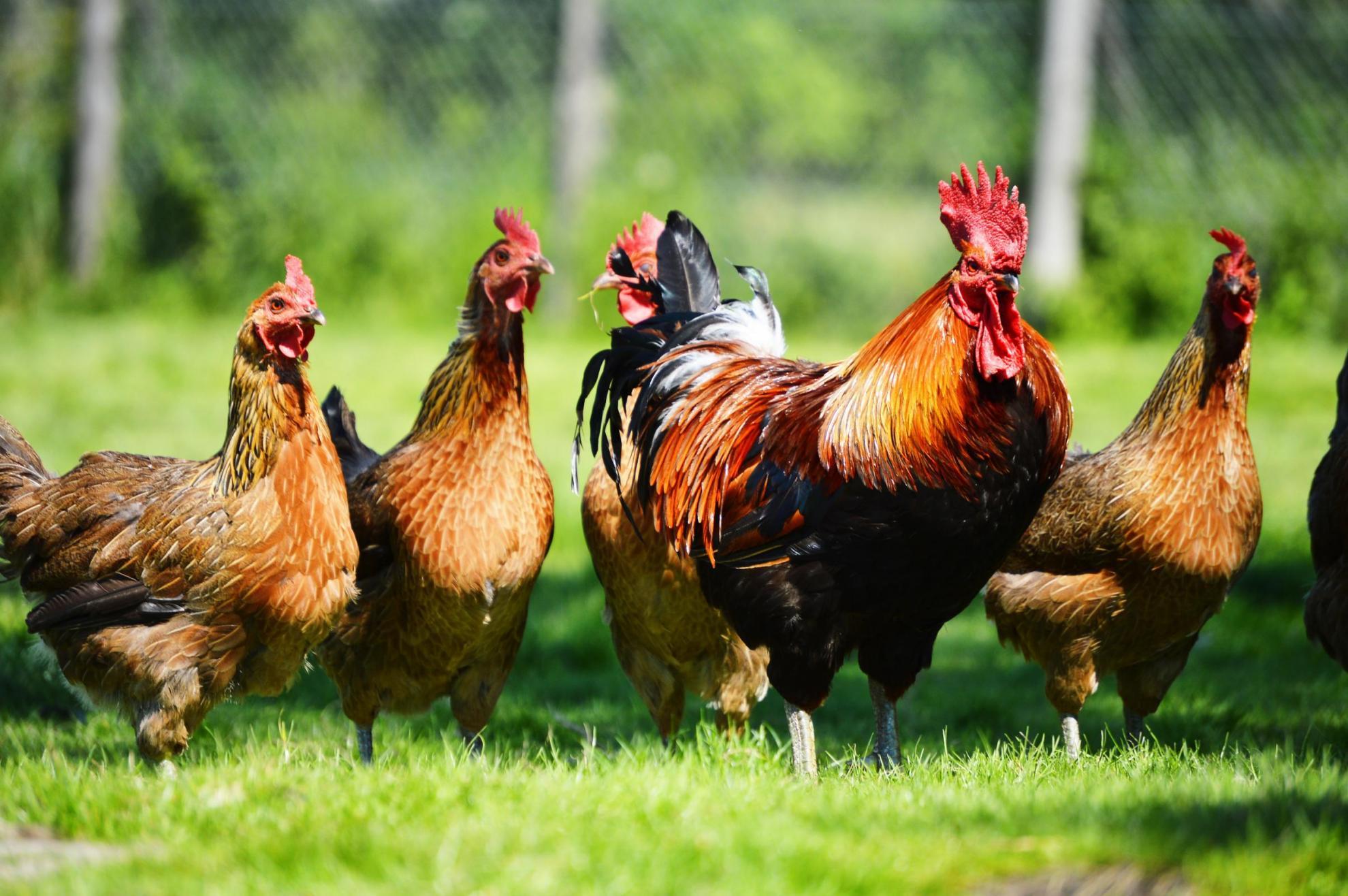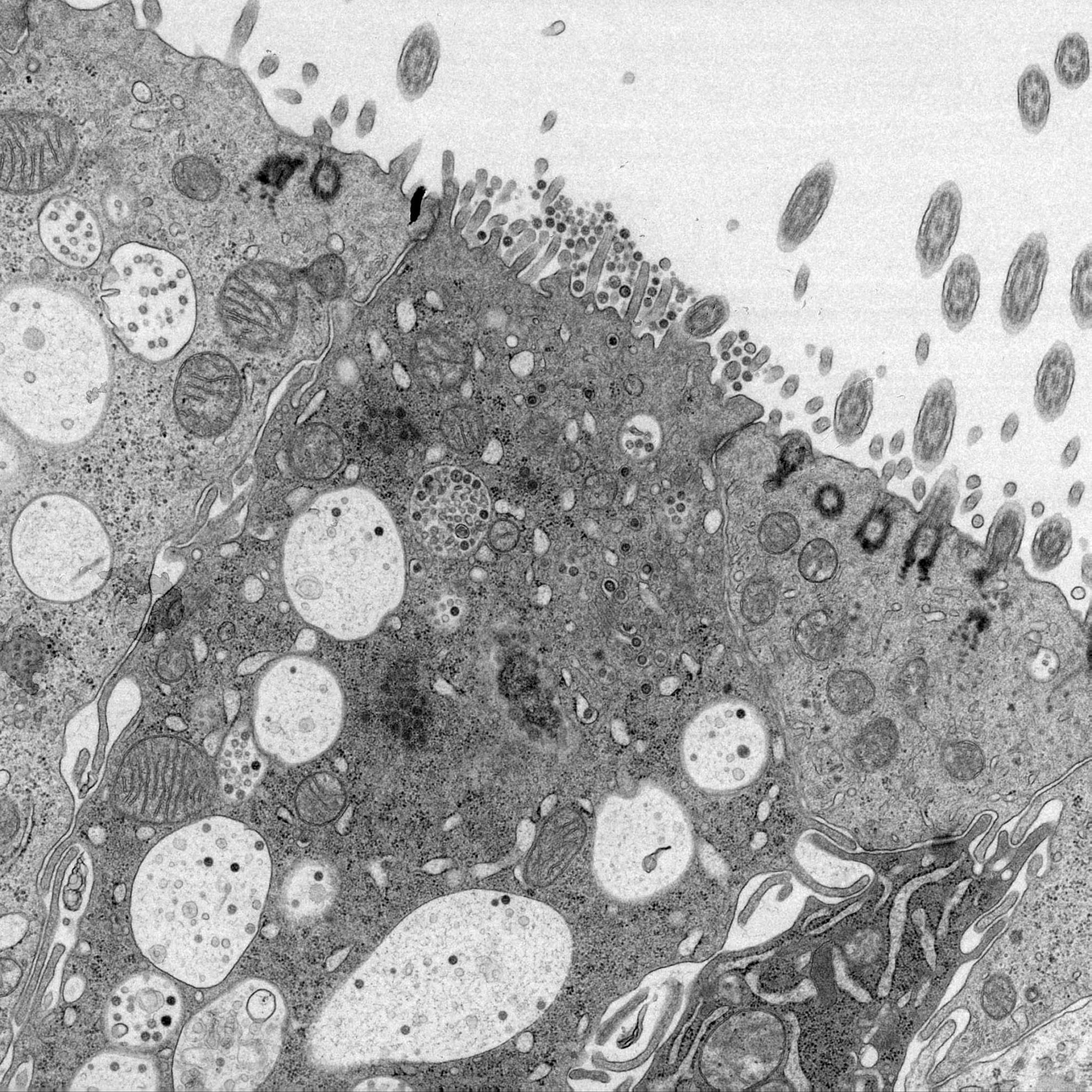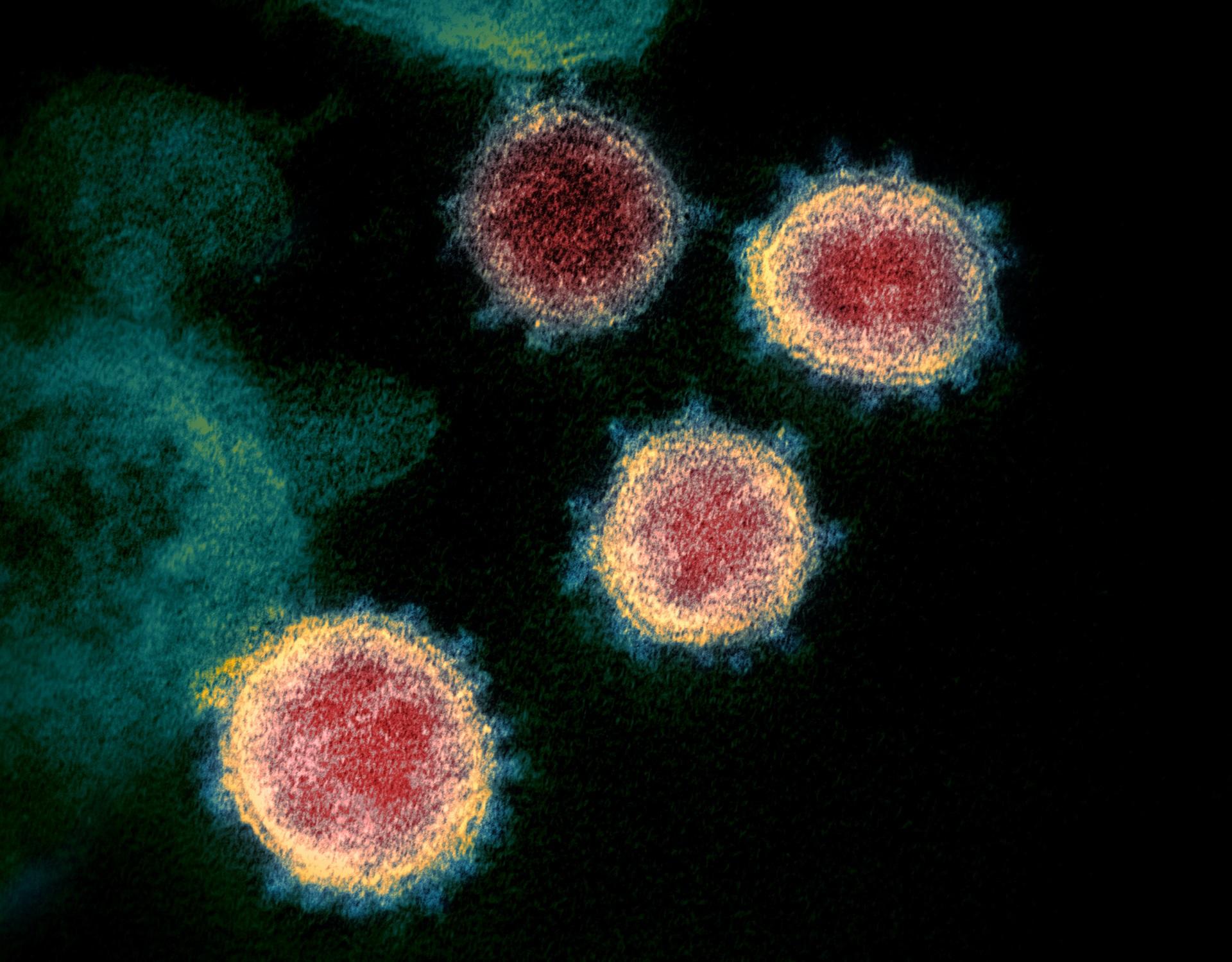Known cellular and receptor interactions of animal and human coronaviruses: a review
This article aims to review all currently known interactions between animal and human coronaviruses and their cellular receptors. Over the past 20 years, three novel coronaviruses have emerged that have caused severe disease in humans, including SARS-CoV-2 (severe acute respiratory syndrome virus 2); therefore, a deeper understanding of coronavirus host–cell interactions is essential. Receptor-binding is the first stage in coronavirus entry prior to replication and can be altered by minor changes within the spike protein–the coronavirus surface glycoprotein responsible for the recognition of cell-surface receptors. The recognition of receptors by coronaviruses is also a major determinant in infection, tropism, and pathogenesis and acts as a key target for host-immune surveillance and other potential intervention strategies. We aim to highlight the need for a continued in-depth understanding of this subject area following on from the SARS-CoV-2 pandemic, with the possibility for more zoonotic transmission events. We also acknowledge the need for more targeted research towards glycan–coronavirus interactions as zoonotic spillover events from animals to humans, following an alteration in glycan-binding capability, have been well-documented for other viruses such as Influenza A.



